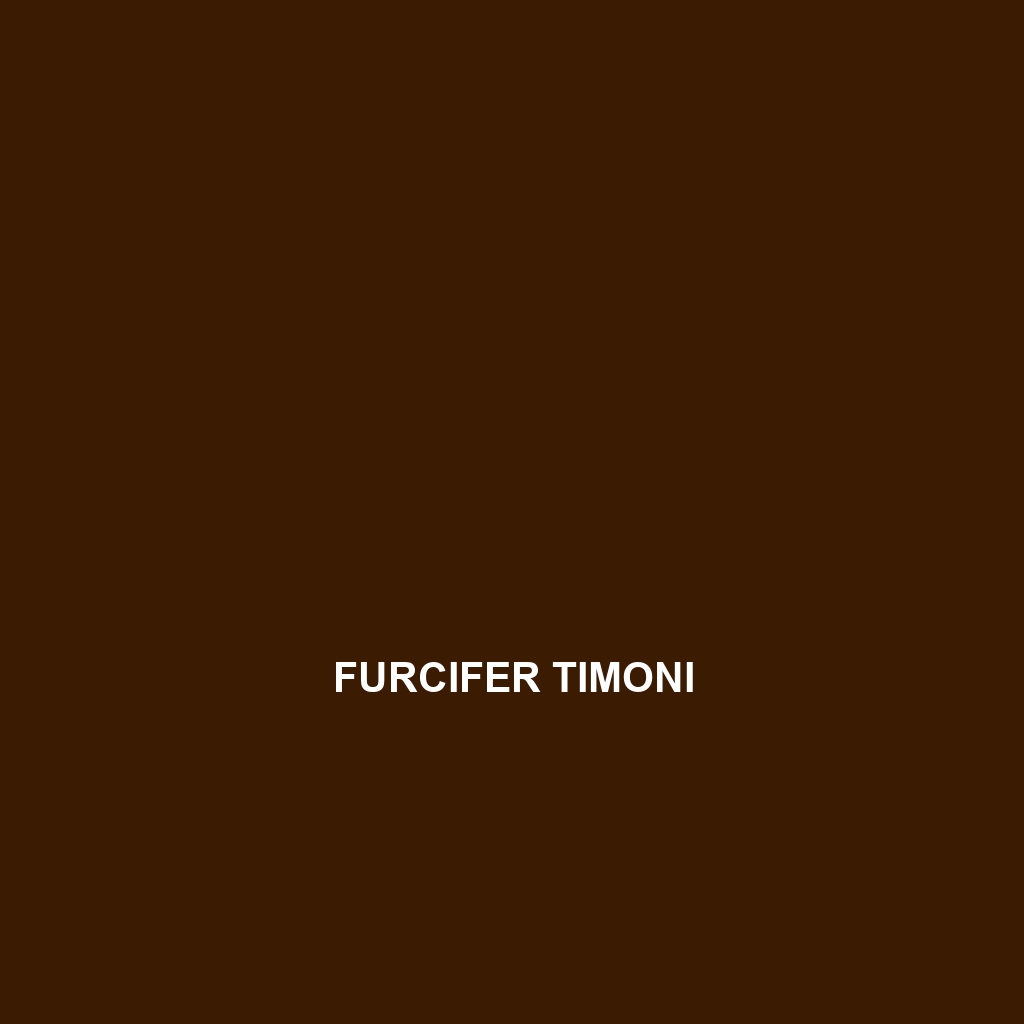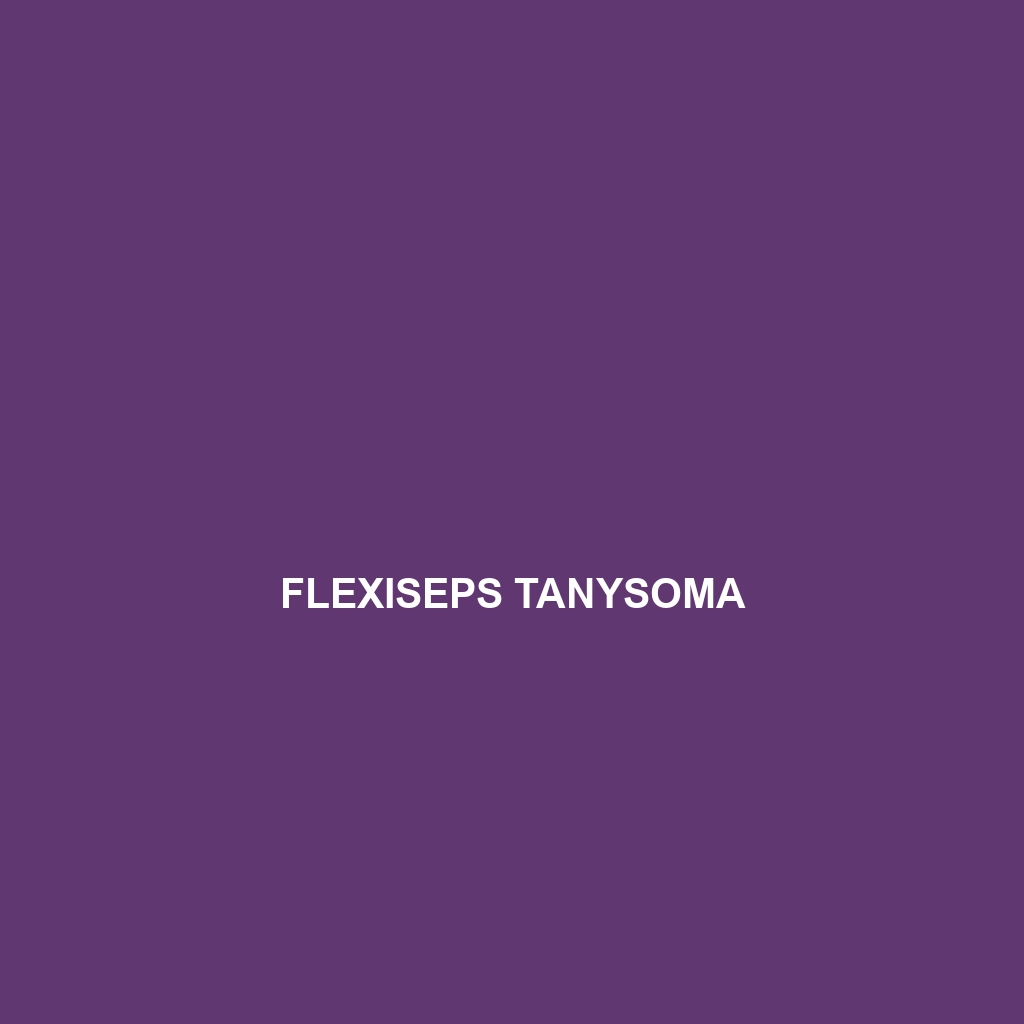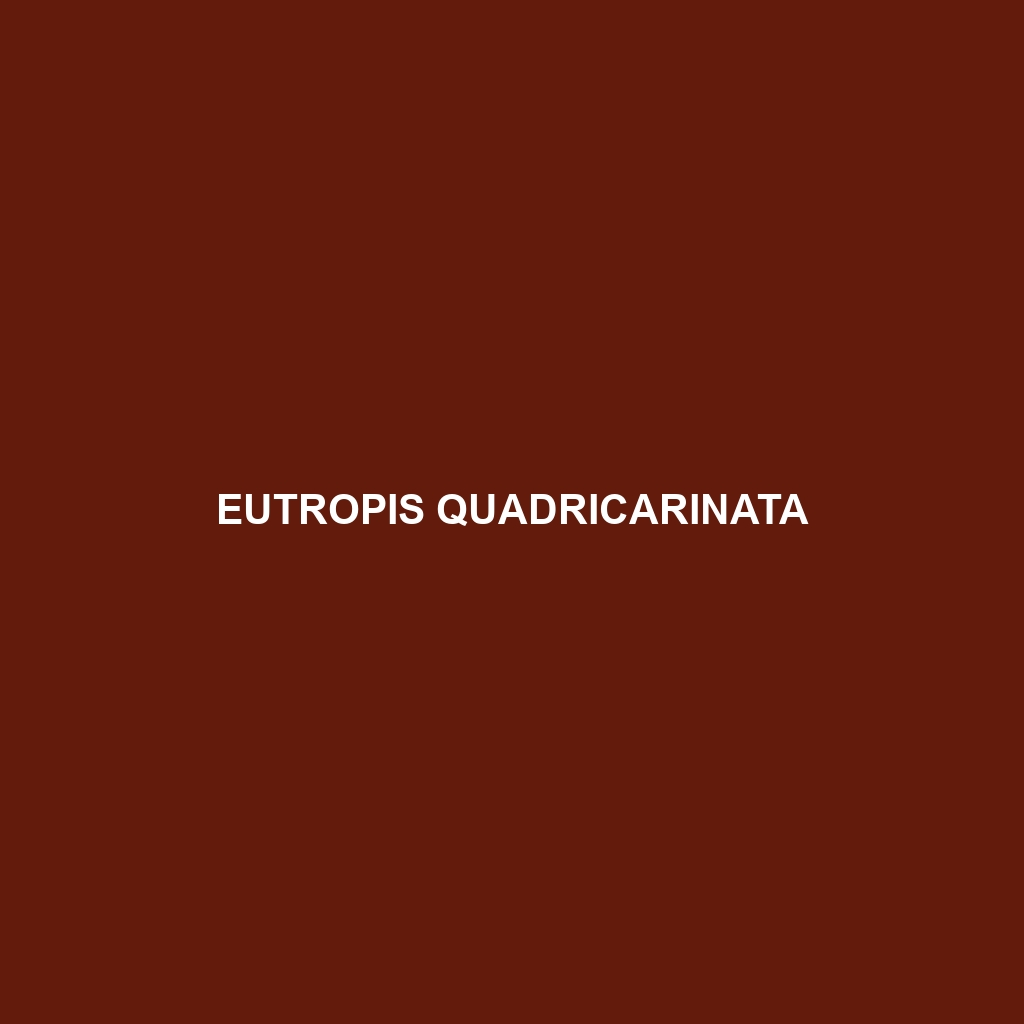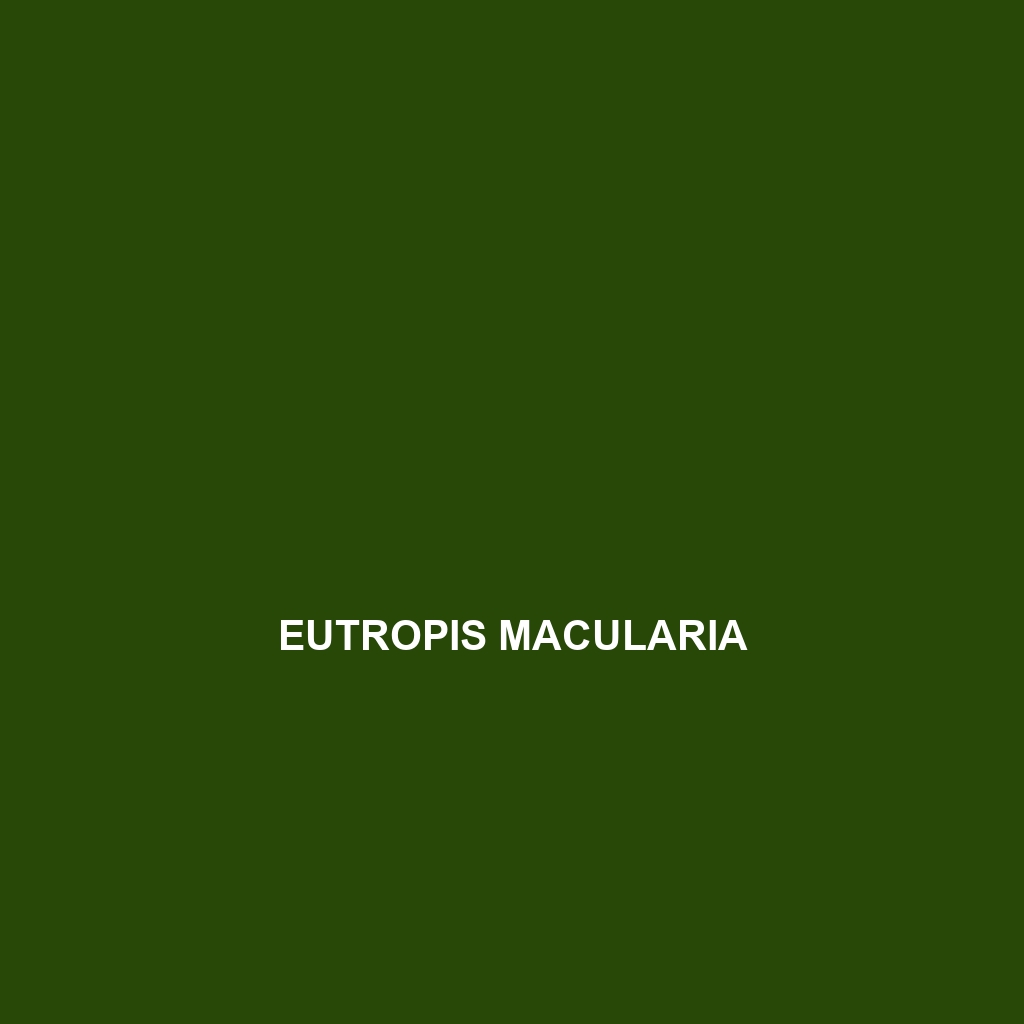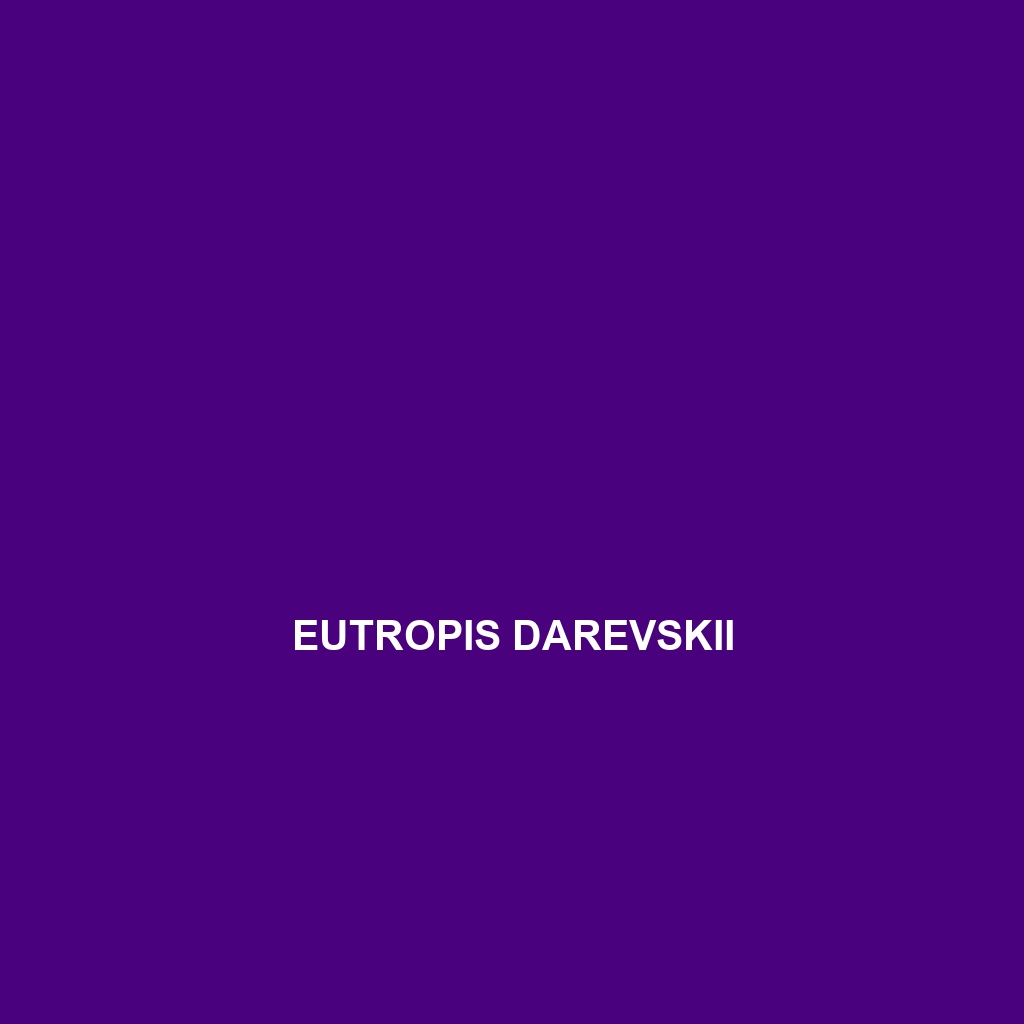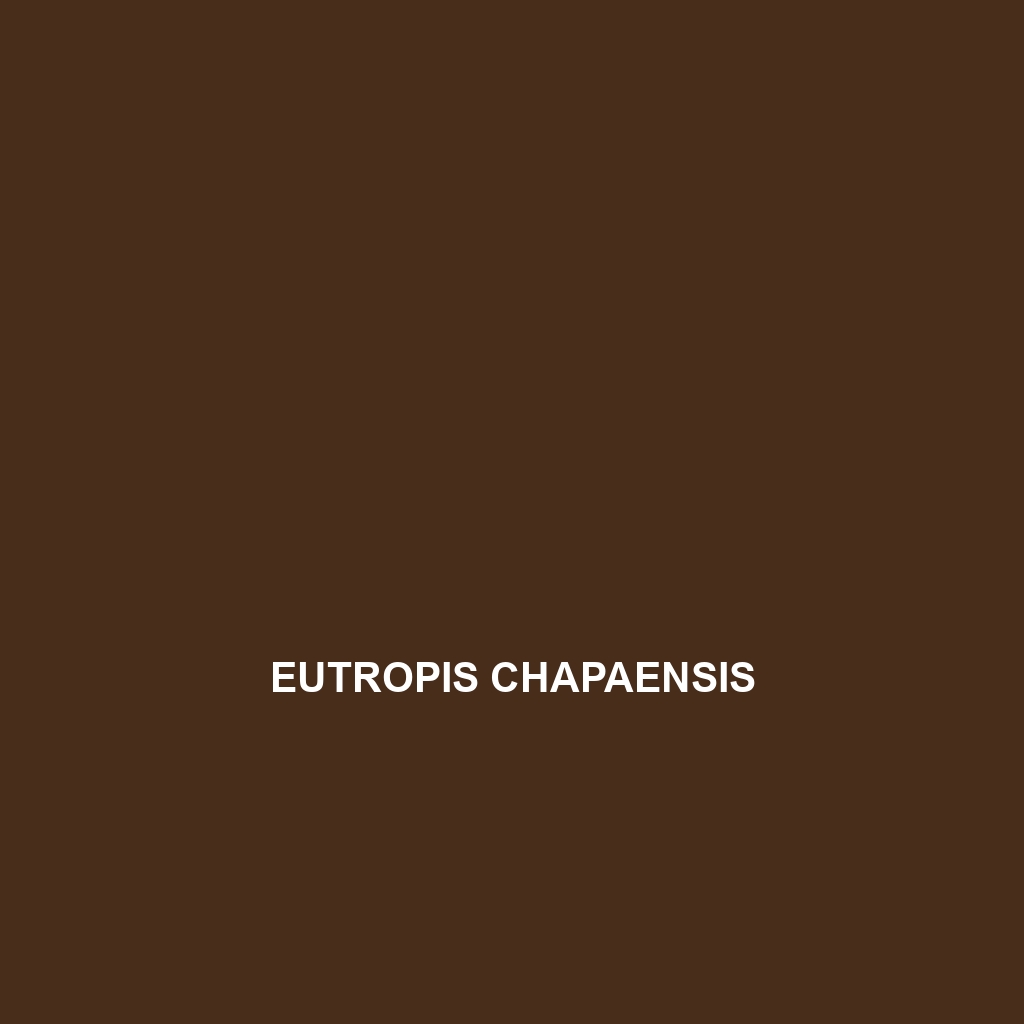<p><b>Gehyra fenestrula</b>, known as the <b>window gecko</b>, is a nocturnal species found in warm, humid habitats across Australia and New Guinea. With its distinctive flattened body, large eyes, and adaptive behavior, this insectivorous gecko contributes significantly to its ecosystem by controlling insect populations while showcasing remarkable adaptability to urban environments.</p>
Tag: reptile habitat
Gehyra baliola
Discover the <b>Gehyra baliola</b>, a small to medium-sized gecko native to the diverse habitats of northern Australia, known for its nocturnal behavior and ability to adapt to various environments. With a diet primarily consisting of insects and a unique coloration that aids in camouflage, this remarkable species plays a vital role in maintaining the ecosystem's balance.
Furcifer timoni
Discover the vibrant Furcifer timoni, a striking chameleon native to Madagascar's eastern rainforests, known for its ability to change colors and its remarkable hunting skills using a long, sticky tongue. This vulnerable species thrives in diverse habitats, playing a crucial role in regulating insect populations while showcasing stunning physical adaptations.
Furcifer angeli
<p><b>Furcifer angeli</b>, also known as the Angel Chameleon, is a strikingly colorful species native to the rainforests of Madagascar, known for its vibrant hues and unique ability to change colors for communication and camouflage. This insectivorous chameleon features a prehensile tail for climbing and plays a vital role in its ecosystem by controlling insect populations and serving as prey for larger animals.</p>
Flexiseps tanysoma
<p>The <b>Flexiseps tanysoma</b>, or East African skink, is a medium-sized reptile known for its glossy brown-gray scales and distinctive yellow-orange underbelly. Primarily found in the rainforests and savannas of eastern Africa, this insectivorous skink plays a vital role in pest regulation and nutrient cycling within its ecosystem.</p>
Flexiseps stylus
The Flexiseps stylus, a small to medium-sized reptile found in the rainforests and savannas of eastern Africa, is recognized for its elongated, agile body and distinctively long tail. As a nocturnal insectivore, it plays a vital role in controlling insect populations while exhibiting remarkable adaptations such as tail regeneration and effective camouflage for survival.
Eutropis quadricarinata
Meet the Four-lined Skink (Eutropis quadricarinata), a distinctive insectivore native to Southeast Asia, featuring four longitudinal stripes and a streamlined body that grows up to 25 cm. Thriving in humid tropical environments, this agile skink plays a crucial role in controlling insect populations and maintaining ecological balance within its rainforest ecosystem.
Eutropis macrophthalma
Discover the Eutropis macrophthalma, or Asian Skink, a slender, diurnal lizard native to tropical and subtropical regions of South and Southeast Asia, known for its striking striped coloration, large eyes, and ability to regenerate lost tails. This fascinating species plays a vital role in maintaining ecological balance as both a predator and prey within its diverse habitat.
Eutropis cuprea
<p>The <b>Eutropis cuprea</b>, or bronze skink, is a slender, agile lizard found in Southeast Asia, characterized by its lustrous bronze coloration and distinctive dark stripes. As an insectivore, it plays a crucial role in maintaining ecological balance by controlling insect populations within its diverse habitats.</p>
Eutropis chapaensis
Eutropis chapaensis is an adaptable reptile found in the humid habitats of Southeast Asia, characterized by its elongated body, smooth scales, and vibrant behavioral displays. This omnivorous species plays a crucial role in ecosystem balance by controlling pest populations and serving as prey for larger predators.


